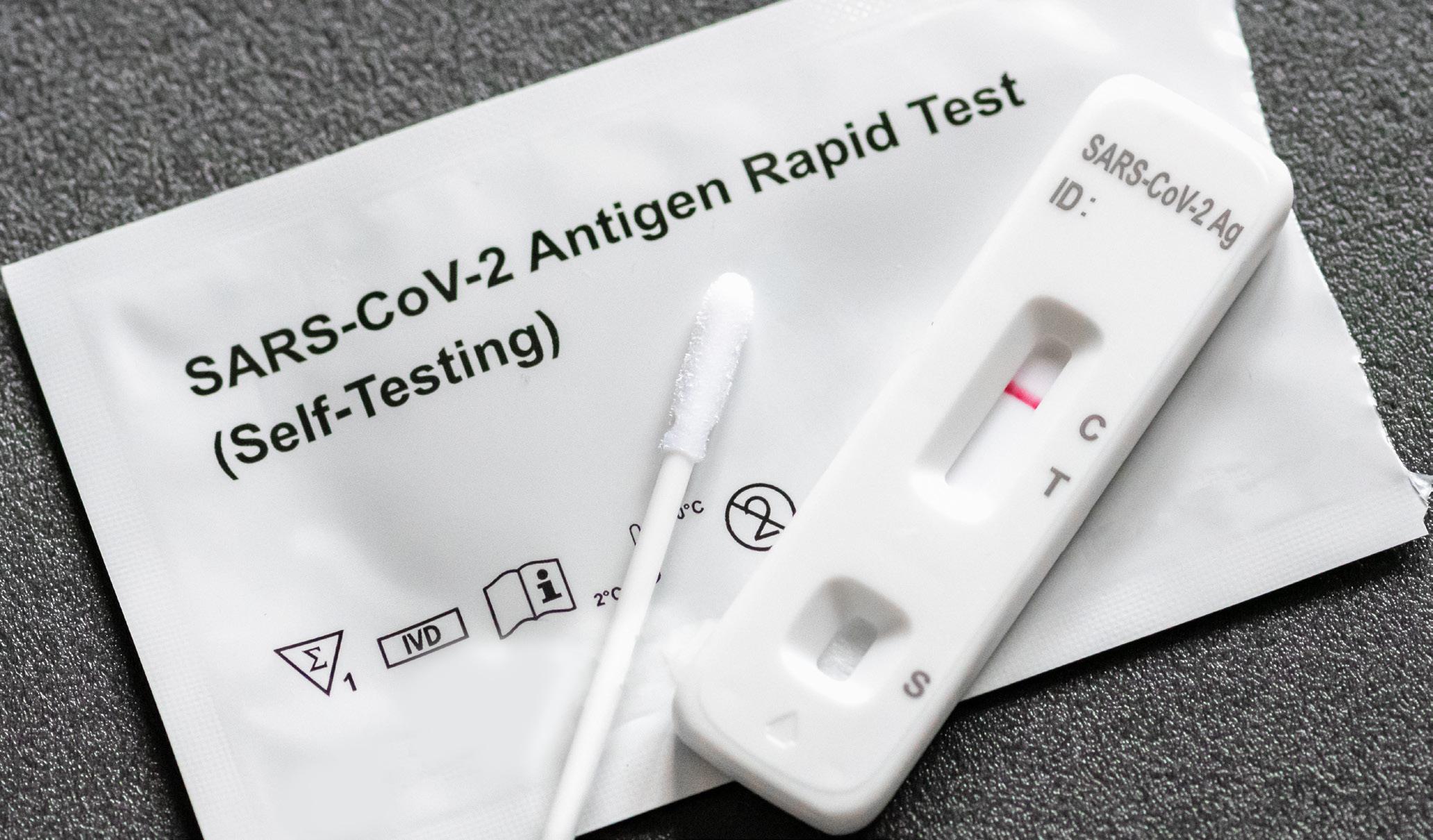
4 minute read
Examining the Ripple Effects of California Supreme Court Ruling on “Take-home COVID”
By JONATHAN J. BROWN AND CORINNE D. SPENCER
The Supreme Court of California has provided much-needed clarity on the issue of “take-home COVID” liability. More specifically, the Court ruled in July that the employer does not owe a duty of care to prevent the spread of COVID-19 to their employees’ household members.
In Kuciemba v. Victory Woodworks, Inc., the Court acknowledged the evolving nature of the COVID-19 situation and hinted that the calculus might change in the future. Perhaps the Court was signaling that its public policy analysis could shift in favor of employees should the severity of the virus’s symptoms increase, while the volume of cases dissipates.
The decision also raises the question of how the Court will address future illnesses and pandemics.
THE “TAKE-HOME COVID” BACKSTORY
Following the 2022 decision in See’s Candies, Inc. v. Superior Court, which found that workers’ compensation exclusivity does not necessarily bar a “take-home COVID” civil suit, employers became concerned about potential liability when COVID-19 spreads from the workplace to their employees’ households.
The exclusive remedy doctrine, rooted in the 1917 California Workers’ Compensation Act, shields employers from civil liability in exchange for no-fault workers’ compensation liability. However, the limits of this doctrine have been tested by California courts over the years with a particular focus on the derivative injury doctrine, which covers claims that are collateral to or derivative of a workers’ compensation claim.
The first take-home COVID case, See’s Candies, Inc. v. Superior Court, came before the California Supreme Court in 2022. It involved an employee who contracted COVID-19 at work and transmitted it to her husband during quarantine, resulting in his death.
The Court found parallels with Snyder v. Michael’s Stores, Inc., likening take-home COVID scenarios to a mother passing on toxic substances to her unborn child. Similarly, the See’s Court drew comparisons with Kesner v. Superior Court of Alameda County, where family members were permitted to bring a civil claim when exposed to asbestos fibers carried home on an employee’s clothing.
The See’s Court, however, deferred its opinion on the duty of care to prevent the spread of COVID to employees’ family members, awaiting the Kuciemba v. Victory Woodworks, Inc. decision, which presented circumstances similar to See’s.
The Household Spread Concern
Corby Kuciemba contracted severe COVID-19 from her husband, an employee of Victory Woodworks, and claimed that the employer was negligent in its response to a COVID outbreak at the workplace. In addition to the question of exclusivity, the Court questioned whether an employer owes a duty of care to prevent the spread of COVID-19 to their employees’ household members.
Using Kesner, Snyder, and See’s as precedents, the Kuciemba Court ruled that the derivative injury doctrine does not bar a spouse’s negligence claim against the employer. The Court reasoned that because the spouse does not need to prove the employee actually fell ill, the claim is not derivative.
However, the analysis for the duty of care issue was more complicated. The Court recognized that a virus outbreak is foreseeable, and employers are in a superior position to identify and implement safety measures. The court also considered the potentially detrimental consequences of holding employers responsible for third-party COVID cases, such as slowing essential business operations and opening the floodgates to litigation.
Ramifications Of The Case
Kuciemba v. Victory Woodworks, Inc. clarified the questions of exclusivity and the duty of care in the era of take-home COVID cases, highlighting the balance between protecting public health and the potential economic repercussions. However, it left employers asking how these legal developments impact their roles and responsibilities.
For risk management, employers must evaluate their risk exposure and implement strategies to mitigate it. This may include ensuring workplace safety measures are up to date, revising HR policies, and ensuring compliance with the Division of Occupational Safety and Health in California (Cal/OSHA) guidelines to reduce the risk of virus transmission.
Employers should be mindful that Cal/OSHA’s COVID-19 Prevention Plan mandate remains in effect through at least February 3, 2025. Mitigating risks and preventing COVID transmission within the workplace should remain a top priority. Regular training and communication with the workforce can significantly reduce transmission risks as well.
While the Kuciemba case provided some clarity on take-home COVID liability, the situation continues to evolve. Employers, general counsel, and human resources professionals should remain vigilant, prioritize safety, and adapt to changing circumstances.












